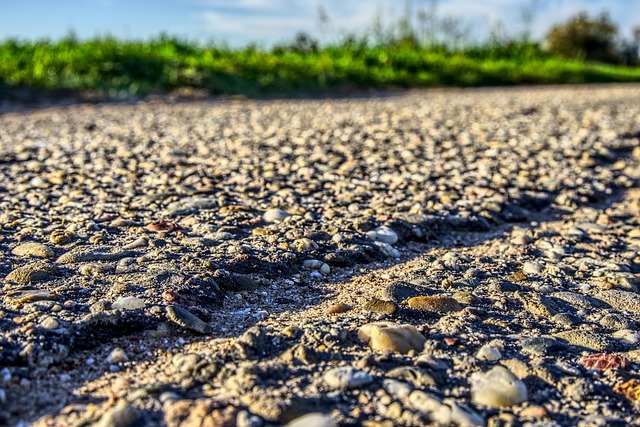In our rapidly evolving world, the intricate relationship between economic development and environmental impact is an issue that resonates deeply as we face the harsh realities of climate change. As communities strive for progress, the balance between growth and sustainability often hangs in precarious equilibrium, demanding our urgency and attention.
Economic development plays a pivotal role in shaping our environment, particularly as extreme weather events become more frequent and severe. The pursuit of industrial expansion, urbanization, and infrastructure projects often leads to the exploitation of natural resources, contributing to environmental degradation. As we witness rising temperatures and unpredictable weather patterns, the need to rethink how we approach development becomes imperative.
In many regions, economic growth is synonymous with increased carbon emissions. Factories belch smoke, cars choke the roads, and deforestation makes way for new developments. Such activities not only exacerbate climate change but also create a cycle of vulnerability for those living in affected areas. For instance, poorer communities, often the most impacted by extreme weather, are frequently excluded from the planning processes that govern their livelihoods. This neglect means they are left to bear the brunt of flooding, droughts, and other climate-related disasters without adequate support.
To combat these dire challenges, a paradigm shift is required. Innovative methods of sustainable development must be prioritized, focusing on green technologies and sustainable practices that mitigate environmental impact while fostering economic growth. Consider how renewable energy sources like solar and wind can replace fossil fuels in industrial applications. Not only do they offer reduced emissions, but they also create job opportunities in emerging sectors, providing a double benefit to both the economy and the environment.
Moreover, urban planning must evolve to incorporate climate resilience. Cities that are designed with green spaces and efficient public transport systems not only reduce carbon footprints but also enhance quality of life for their inhabitants. A strong emphasis on green infrastructure, such as permeable pavements and rain gardens, can protect communities from flooding, making them less susceptible to the impacts of extreme weather events.
The intersection of economic development and climate change ultimately compels us to rethink our priorities. By harmonizing growth with environmental stewardship, we empower communities to thrive even in the face of adversity. Investing in sustainable practices can help ensure that future generations inherit a world that is not just economically prosperous but also environmentally sound. The path to sustainable economic development is challenging but crucial; it calls for collective action and conscious decision-making at all levels of society.
In conclusion, as we navigate through the trials of climate change and extreme weather, it is our responsibility to ensure that economic development does not come at the expense of our planet. Embracing sustainable practices today lays the foundation for a resilient tomorrow, where economic growth is intrinsically linked to the well-being of our environment and the communities that inhabit it.




